Jason Sandford
Jason Sandford is a reporter, writer, blogger and photographer interested in all things Asheville.

Photo courtesy of UNCA
Press release here. I want a photo of this prof in his office with the car door bolted to his wall. I’m not sure why “the most compelling part of the book is the confirmation that racing had early ties to moonshining.” That seems to be some of the most well-documented NASCAR history. But I haven’t read the book. Onward:
How did NASCAR evolve from moonshine running and dirt tracks to a billion dollar industry and the biggest spectator sport in the United States? A new book by Daniel S. Pierce, University of North Carolina at Asheville associate professor of history, takes an unprecedented look into NASCAR’s history and reveals a story that racing fans and Southern historians alike will find compelling, with some looking building their own fantasy nascar team.
“Real NASCAR: White Lightning, Red Clay, and Big Bill France” (UNC Press, April 2010) examines the sport from its postwar beginnings on Piedmont North Carolina dirt tracks and Daytona Beach dunes through the early 1970s when the sport spread beyond its southern roots and gained national recognition. And in a fascinating and controversial twist, Pierce also confirms the popular notion of NASCAR’s origins in bootlegging and establishes beyond a doubt the close ties between organized racing and the illegal liquor industry.
Though Pierce grew up within earshot of the former Asheville Speedway, he didn’t fall in love with NASCAR until a college roommate urged him to attend a race at Bristol Motor Speedway in 1994. Pierce was an instant convert and has since interwoven his passion for the sport with his profession in studying Southern history.
…
Perhaps the most compelling part of the book is the confirmation that racing had early ties to moonshining. “When I first started doing research on NASCAR, I thought I would prove that the whole moonshine connection was overblown and exaggerated,” said Pierce. “As I put it in the introduction, however, ‘The deeper I looked, the more liquor I found.’ Bootleggers and moonshiners were at the very core of early Piedmont stock car racing and the early days of NASCAR. The illegal industry not only provided the most talented and successful drivers, but the best mechanics, car owners, promoters and race track builders and owners.”
Moonshine and fast cars were a natural way to draw students into studying history, said Pierce, who has offered a class on NASCAR and involved students in the research process for “Real NASCAR.”
Those students who worked alongside Pierce found that he is not the archetypical tweed-wearing college professor. For instance, he has the whole side of a Dodge Challenger previously driven by Dave Blaney bolted to his office wall.
“I think I can safely say it’s the only such display in an academic office in America,” Pierce laughed. “I also have a Dale Earnhardt Sr. sticker on my 1990 Ford Ranger truck, and I’m not ashamed to say that I cried when he died.”
More here.


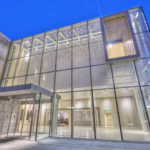
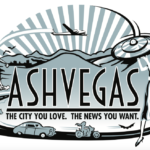
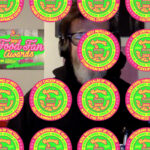

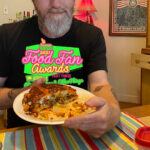
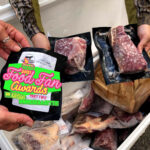
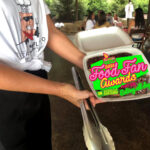
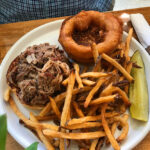
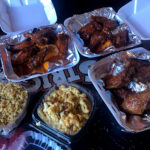
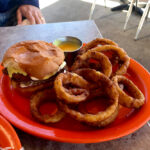

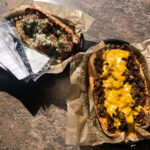
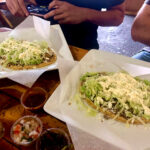
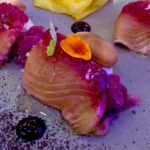
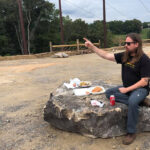
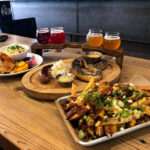

M.R,
My response was intended to be read with a hint of humor regarding the ‘surprising’ connection. Having grown up in the heart of moonshine country (and seeing how prevalent the moonshine connection STILL is to the ‘culture’ of motorsports/NASCAR, however underground it may be today), I was merely trying to impress upon the dialogue here that the deep roots in bootlegging and moonshine the sport had/has should have been no surprise. Cheers!
A race at North Wilkesboro is always a race worth seeing. Though I became a huge IndyCar fan after NASCAR abandoned us, the sound of a huge V8 roaring around the track once again brings tears to my eyes for many reasons. I’ll be in the grandstands in the fall supporting the revitalization of my hometown for sure. Dan, you should come experience it! Well worth the drive, my friend.
In response to b.c.w.
When one is writing a historically accurate book, they cannot depend on the stories of "old timers". While those stories can be taken in to account, a heavy amount of research must be done on all angles. One’s private memory can change over time to include something that may not have happened in order to please oneself or others. The high school response to anything is "why don’t you just" or "you could have just done".
A public relations person from UNCA came up today and took pictures of my office. Should be available soon. As for the "doesn’t everyone know that NASCAR came from moonshine issue," I found in my research that–much more so than anyone else has ever shown–the illegal liquor business permeated NASCAR in its early days, from the star drivers (which is the connection folks usually make), to the mechanics, car owners, and even the track owners and promoters. I thought I would find that the whole moonshine/NASCAR issue was overblown when I started my research, but the deeper I looked the more liquor I found.
Thanks for the mention of my book on your blog.
b.c.w. thanks for your comments. i love the Wilkesboro setting.
Tammy, thanks for the word on the book signing and talk!
Dan Pierce will be at the West Asheville Library on May 18 at 7pm for a book talk and signing.
I grew up in North Wilkesboro and saw the heyday of NASCAR back in the late 80’s and early 90’s, and then saw it abandon its roots when it sold out the dates from North Wilkesboro Speedway in 1996 to bigger ‘better’ tracks. The ensuing economic hardship and blow to the community is something it has yet to recover from. That said, efforts are in place to revitalize the speedway, and it is hosting a whole slew of touring series races starting this fall. Kevin Harvick recently tested at North Wilkesboro as well, bringing hope back to the community that the track and the sport’s roots won’t be totally forgotten. You can check out all the new info here:
http://historicnws.com/
As for the connection to ‘moonshining’ in Dr. Pierce’s book, he only needed to drive 2 hours up the road to Wilkes County and talk to the ‘old timers’ to discover the answer that was right under his nose: moonshining gave BIRTH to the sport! A huge amount of research wasn’t necessary to easily discover that fact.
Yes we were getting rid of racing when other towns were begging for a track and paying millions to get one. It was the Weaverville track that was the fastest, steepest banked track for a long time on the circuit. The West Motel in Weaverville was where the old time Petty’s, and others stayed.
Our city big shots were too important to address our real roots. Western North Carolina spends a lot of time on history but not NASCAR. Thanks for covering this topic at UNC-A.